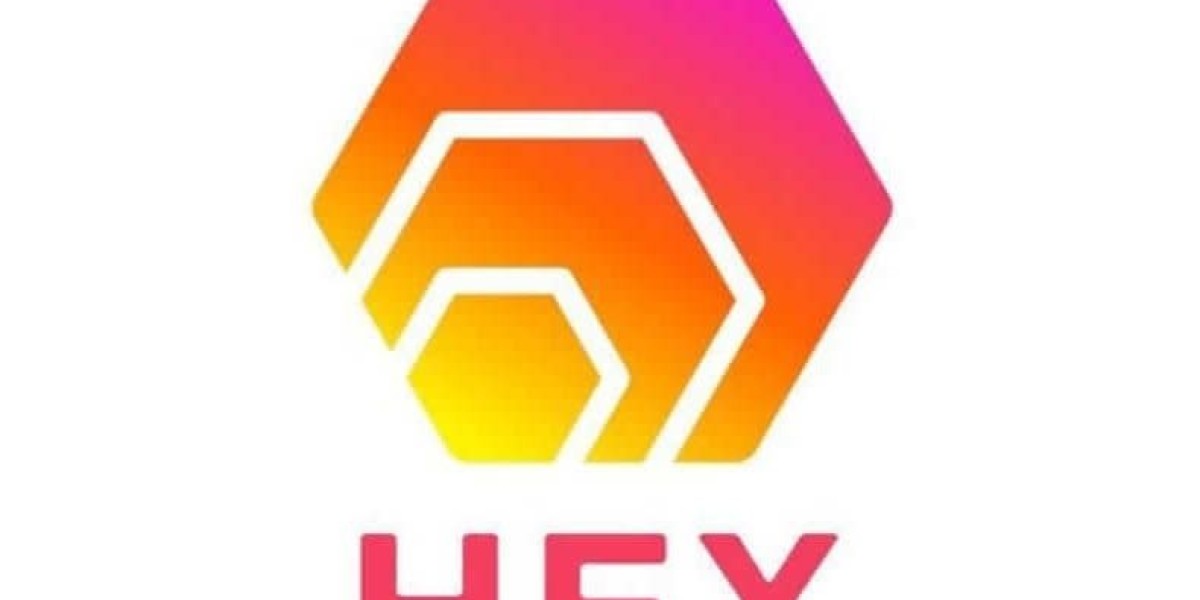Blockchain technology has gained immense popularity in recent years due to its revolutionary potential in various industries. If you're looking to embark on your own blockchain project, it's essential to grasp the fundamental concepts that underpin this technology. In this article, we will break down the basics of blockchain in simple terms, empowering you to kick-start your journey into Blockchain Development.
What is Blockchain?
At its core, a blockchain is a digital ledger or record-keeping system. Imagine it as a chain of blocks, where each block contains a list of transactions. These transactions are securely linked together in chronological order, forming an unchangeable history of events. The magic lies in its decentralized nature – no single entity has complete control over the blockchain, making it highly transparent and tamper-resistant.
Key Components of Blockchain Technology
Blocks: These are the building blocks of the blockchain, containing a batch of transactions. A block also stores a unique code called a "hash" and the hash of the previous block. This chaining mechanism ensures the integrity of the entire chain.
Decentralization: Unlike traditional systems where a central authority governs the data, blockchain operates on a network of computers (nodes). Each node has a copy of the entire blockchain, and changes must be agreed upon by consensus.
Consensus Mechanisms: This refers to the process by which nodes agree on the validity of transactions and maintain the blockchain's accuracy. Proof of Work (PoW) and Proof of Stake (PoS) are two common techniques.
Cryptographic Hash Functions: Hash functions are algorithms that turn data into fixed-size strings of characters. They play an essential role in ensuring data integrity and security within the blockchain.
Smart Contracts: The terms of these self-executing contracts are put directly into the code. They eliminate the need for intermediaries by automating and enforcing agreements.
How Does Blockchain Work?
Let's break down the process,
Transaction Initiation: Someone initiates a transaction, say sending cryptocurrency or recording a piece of information.
Validation: The transaction is broadcast to the network. Nodes verify their validity using predefined rules and consensus mechanisms.
Adding to the Block: Once verified, the transaction is added to a new block along with others. The current blockchain is then updated with the new block.
Consensus and Security: The consensus mechanism ensures that the majority of nodes agree on the state of the blockchain. This prevents fraudulent transactions and maintains the system's security.
Immutability: Once a block is added, it's nearly impossible to alter past transactions. This feature makes blockchain reliable for record-keeping.
Blockchain for your Crypto-related Projects
Now that you've grasped the basics, consider the exciting possibilities for your crypto projects. You could create your own blockchain-based applications, and digital assets, or even experiment with new consensus mechanisms. Understanding these foundational concepts empowers you to explore and innovate in this rapidly evolving field.
Conclusion
Blockchain technology offers a decentralized, secure, and transparent way to manage data and transactions. Armed with this understanding, you're ready to embark on your own blockchain journey, contributing to the ever-expanding realm of technological innovation.
Get Your Quotes About Creating Your Own Blockchain, With The Top Blockchain Developers Here.
Mail: business@kryptobees.com
Whatsapp: +91 9384232288



